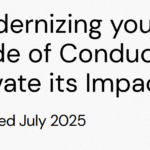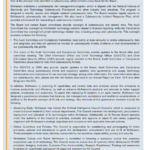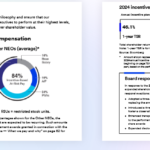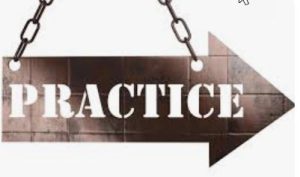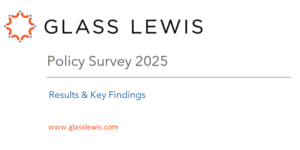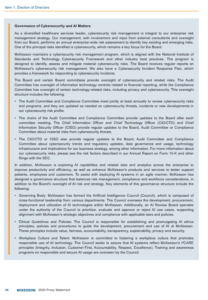As part of our blog series based on this great panel – featuring WilmerHale’s Lily Brown and Edward Jones’ Keir Gumbs – here’s a blog that addresses the question of: “Any other disclosure tips to offer?”
Lily Brown, WilmerHale: I come back to simplicity with disclosure sometimes. We get wrapped up in the details. I’ve had really great mentors from the SEC and then private practice who were able to break down really hard concepts into true plain English.
Keir and I started in Corp Fin back at the peak of the plain English movement after that rulemaking. I can’t even imagine how many plain English comments we used to torture people with.
Simplicity is best and when I’m talking with a client about a tricky disclosure and we’re wondering whether we should change this and can I do that, and if I don’t understand what makes sense, I’ll sometimes just stop and say, “okay, what happened and how did the decision come about and why does that matter?” – and then we try and work from there into how that can be put into the disclosure. Sometimes the answer is just “well, this happened this way or we do it this way because of X and that is something that can be said without harming anyone from a confidentiality perspective or giving unnecessary disclosure.
We always have to be conscious of the many different audiences for this disclosure and thinking about plaintiff firms. Sometimes it just helps to come back to the basics. There might be some nuance to that but I do think that many times the simple answer is the right answer in terms of telling your story. Just go back to basics and simplicity.
I understand and respect that in most instances, companies are not going to want to be changing things just to be changing things. There are all kinds of reasons that change can be a hard thing. People may question why are you changing it now? What changed and overread into it. Some of it is the logistics of it.
But to the extent that something actually has evolved and you feel like there’s something to add, I do think it’s fine to change disclosure if something’s changed and you think that it makes sense. It’s better disclosure. It doesn’t mean you should go through changing everything every single time but I think that you can back to that basic principle of “okay, what actually happened and why are we doing this” because companies are not trying to do anything nefarious. They’re just doing what they’re doing and sometimes that doesn’t come through in the disclosure. So you step back and say, “okay, how can we make this more clear.”
Keir Gumbs, Edward Jones: That was an excellent answer. The only thing I would – and I’ve said it already 100 times – is that I always come back to disclosure is intended to provide the outside world with an inside view. Full stop.
No matter what the context is – whether it’s a business description, risk factors, MD&A, financial statements, accounting footnotes – all of it are the things that management is seeing and experiencing. They are the things that concern us, they are the things that excite us. And that should be properly reflected in the disclosure.
That’s the key thing. And you may find places where there’s a gap between what management is seeing, concerned, excited or saying and the disclosure. Then, the challenge – and the opportunity for us as disclosure lawyers – is to help thread that needle to fill that gap.
I always come back to that for any proxy, 10-K, 10-Q, earnings release before I sign off. I just sit back and think what are the things we’re actually talking about inside the company, what are the things that we’re worried about, what are the things we’re excited about – and are those reflected.








